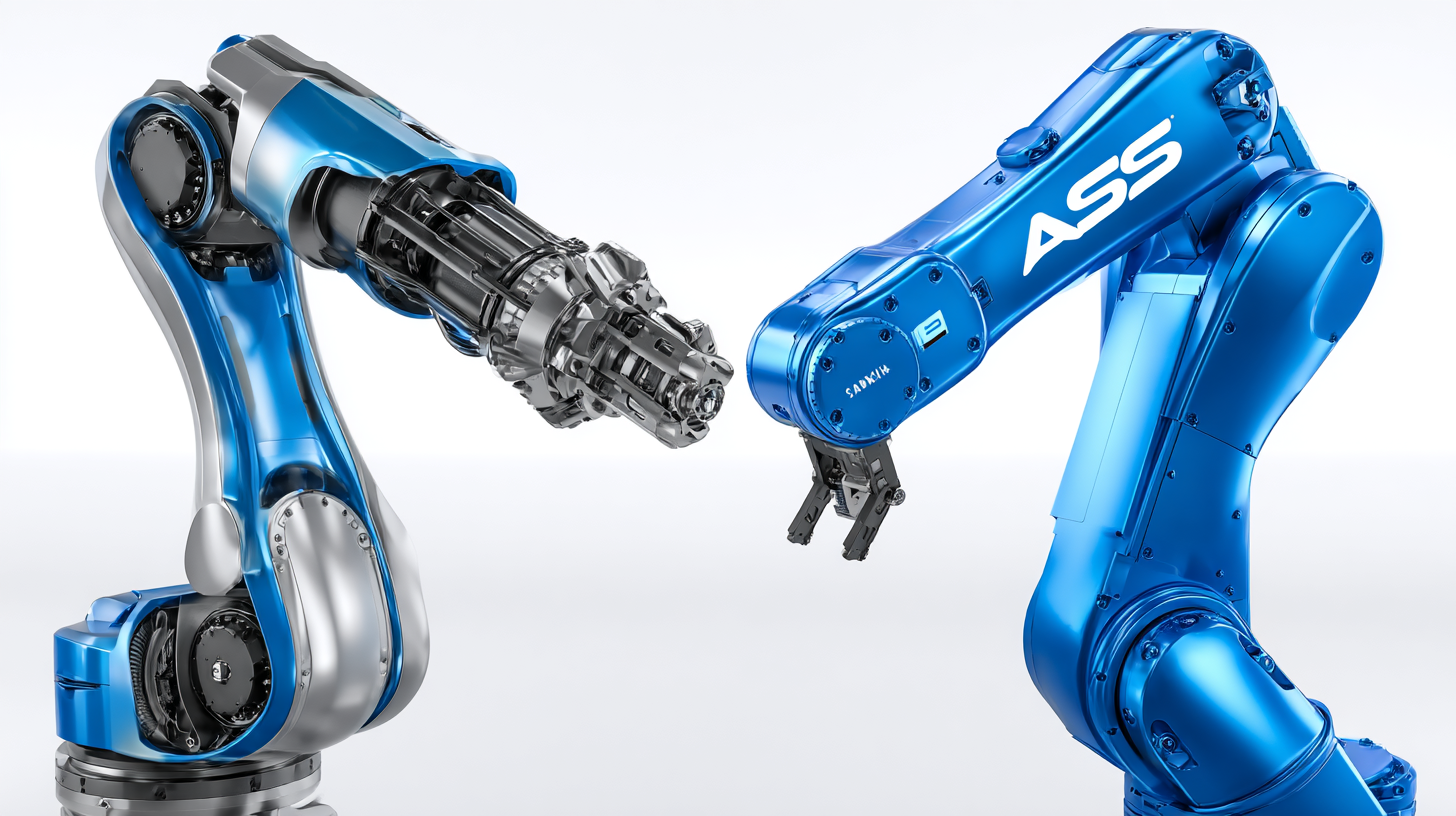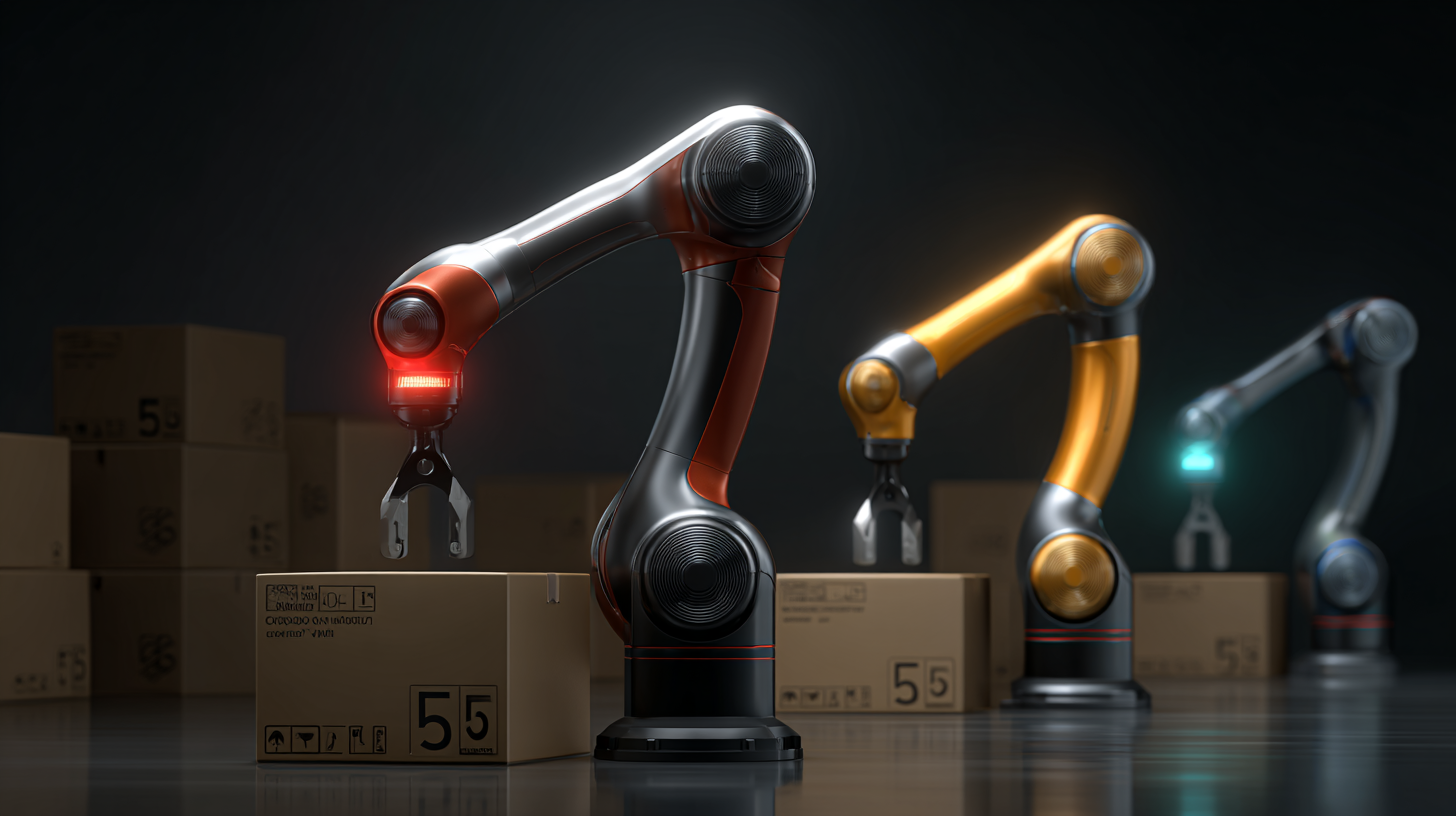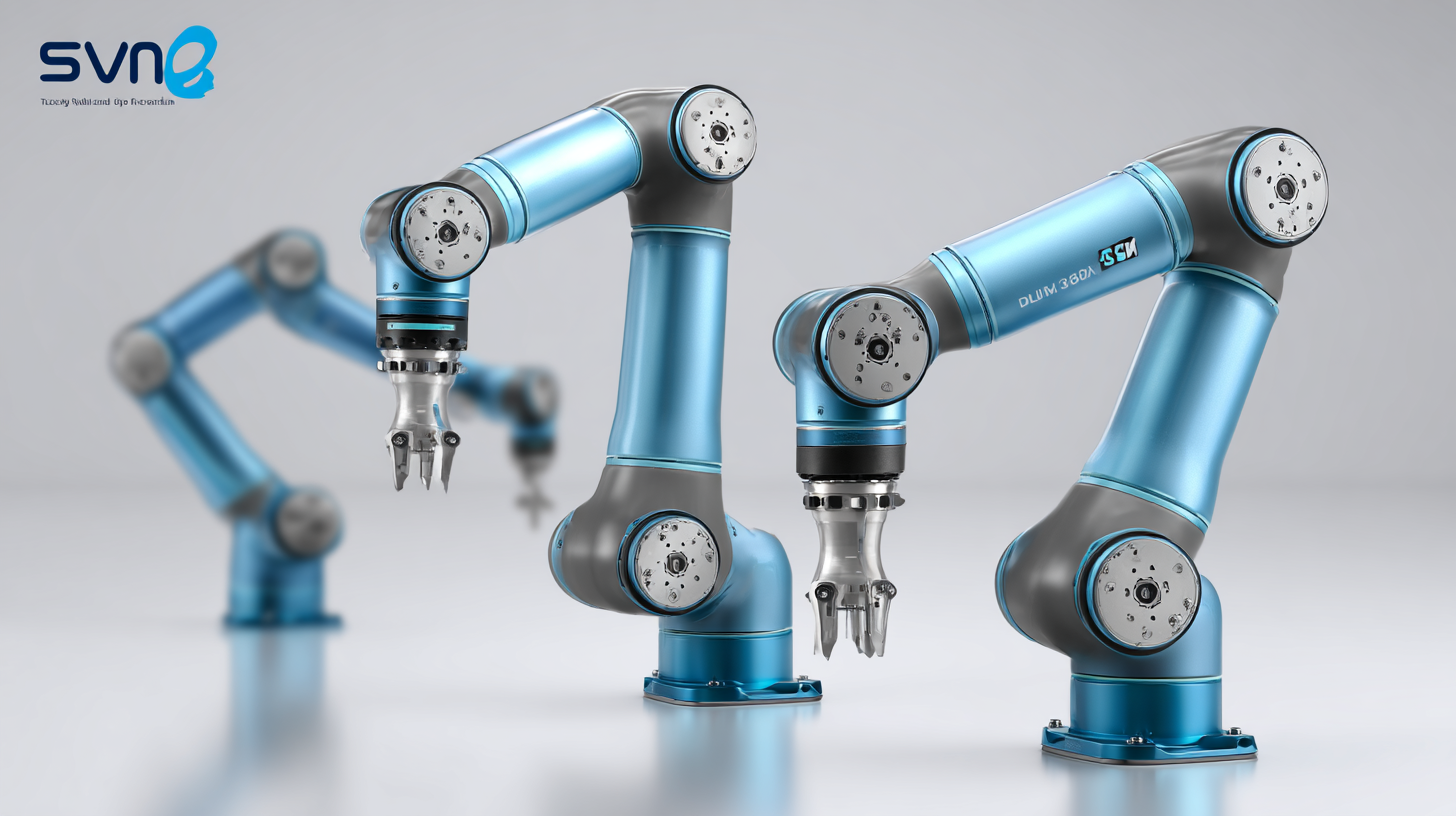Unveiling the Ultimate Showdown among Leading Collaborative Robot Arms Based on Performance Efficiency
In an era where automation and robotics are rapidly transforming industries, the importance of selecting the right tool for the job has never been more critical. Among these tools, the Collaborative Robot Arm stands out as a paradigm of innovation, offering versatile solutions that seamlessly integrate into existing workflows. This blog will delve into the ultimate showdown among leading collaborative robot arms, evaluating them based on their performance efficiency.
By examining key factors such as precision, adaptability, and user-friendliness, we aim to reveal which models truly excel in enhancing productivity and fostering a collaborative environment. Join us as we uncover the best in class, providing valuable insights for businesses looking to maximize their operational efficiency through advanced robotic solutions.
Exploring Performance Metrics of Leading Collaborative Robot Arms in the Industry
In the rapidly evolving world of industrial automation, collaborative robot arms, or cobots, have emerged as pivotal tools for enhancing productivity and efficiency. Exploring their performance metrics is essential for businesses looking to invest in the right technology. Key performance indicators include payload capacity, speed, precision, and ease of integration. Each metric provides insights into how well a cobot can perform tasks alongside human workers, thereby optimizing workflows.
Tip 1: When evaluating cobots, focus on the specific tasks they will be required to perform. A robot with high speed may be ideal for assembly lines, while one with precise movements is better suited for delicate operations. Understanding your operational needs will guide you in choosing a robot that excels in relevant performance metrics.
Tip 2: Do not overlook the importance of support and application versatility. A cobot that can easily adapt to various tasks and integrates seamlessly with existing machinery will significantly enhance your operational flexibility. This adaptability can be a critical factor in maximizing performance efficiency in a dynamic production environment.
By considering these metrics and tips, companies can better navigate the choices available in the market, ensuring they select the most efficient robot arms to meet their collaborative needs.
The Impact of Import and Export Certifications on Robot Efficiency and Market Access
The efficiency and effectiveness of collaborative robots, or cobots, in various industrial applications are significantly influenced by import and export certifications. A recent study by the International Federation of Robotics (IFR) highlights that approximately 20% of the market access barriers in the robotics industry are due to complex certification requirements. These barriers not only slow down the deployment of innovative technologies but also impact overall operational efficiency, as companies may need to invest additional resources into navigating certification processes.
Moreover, the correlation between certification compliance and market competitiveness cannot be overlooked. According to a report by McKinsey, firms that achieve essential international certifications experience a 15% increase in operational efficiency, which directly contributes to enhanced productivity levels. This is particularly crucial in fast-paced sectors like automotive and electronics, where the speed of adoption of collaborative robots can dictate competitive advantage. As the landscape of robotic applications evolves, understanding and addressing the impact of import and export certifications will be paramount for businesses seeking to maximize the efficiency and deployment of collaborative robot arms.
A Comparative Analysis of Top Collaborative Robot Models: Features and Performance
In the rapidly evolving landscape of robotics, collaborative robot arms (cobots) have emerged as pivotal players in enhancing productivity across various industries. A comparative analysis of leading cobot models reveals significant differences in features and performance that can greatly influence operational efficiency. According to a recent report from the International Federation of Robotics (IFR), the global market for collaborative robots is projected to reach $24 billion by 2025, underscoring the urgency for companies to leverage the best models available.
Key models such as the Universal Robots UR10e and the KUKA LBR iiwa showcase impressive capabilities that set them apart. For instance, the UR10e offers a payload of 10 kg and a reach of 1300 mm, making it ideal for assembly tasks, while the KUKA LBR iiwa, with its advanced torque sensors, excels in delicate operations requiring precise handling. Performance metrics reveal that the UR10e can improve production times by up to 30%, as showcased by case studies in automotive manufacturing. Furthermore, a report by ABI Research notes that automation through cobots can lead to a 30% increase in productivity while reducing labor costs, emphasizing their growing importance in competitive markets.
The Role of Digital Technologies in Enhancing Collaborative Robot Efficiency
The evolution of collaborative robots, or cobots, has been significantly influenced by advancements in digital technologies. These innovations play a crucial role in enhancing the performance efficiency of robotic arms, allowing them to work seamlessly alongside human operators. With the integration of artificial intelligence, machine learning, and advanced sensors, cobots can now adapt to their environments and improve their tasks with remarkable precision. This ability not only increases productivity but also ensures safety in shared workspaces, enabling a more harmonious collaboration between humans and machines.

Moreover, the implementation of data analytics in the operation of collaborative robots further optimizes their performance. Real-time data collection and analysis facilitate proactive maintenance and real-time feedback, ensuring that cobots operate at peak efficiency. As industries continue to embrace Industry 4.0 principles, the intersection of digital technologies and collaborative robotics will lead to unprecedented levels of efficiency and effectiveness in manufacturing processes. This synergy not only transforms traditional workflows but also opens up new possibilities for innovation in various sectors, showcasing the promising future of collaborative robotics.
Future Trends in Collaborative Robotics: Innovations and Challenges Ahead
The landscape of collaborative robotics is evolving rapidly, driven by innovations that enhance efficiency and safety in various industries. According to a report by the International Federation of Robotics, the market for collaborative robots, or cobots, is expected to grow exponentially, reaching a valuation of approximately $12 billion by 2025. This growth is fueled by advancements in artificial intelligence and machine learning, enabling robots to work alongside humans more intuitively and effectively. Such enhancements are crucial in sectors like manufacturing, logistics, and healthcare, where precision and adaptability are paramount.
Despite the promising advancements, challenges remain in the integration of collaborative robots into existing workflows. A survey conducted by McKinsey indicates that nearly 60% of organizations express concerns regarding the training and skill gaps required for effective human-robot collaboration. Addressing these issues requires not only technological innovations but also a strategic focus on workforce development and safety protocols. As the industry moves forward, it will be essential to balance the rapid pace of technological growth with the necessary support systems that ensure a smooth transition for human workers, fostering an environment where collaborative robotics can truly thrive.
Performance Efficiency of Leading Collaborative Robot Arms




